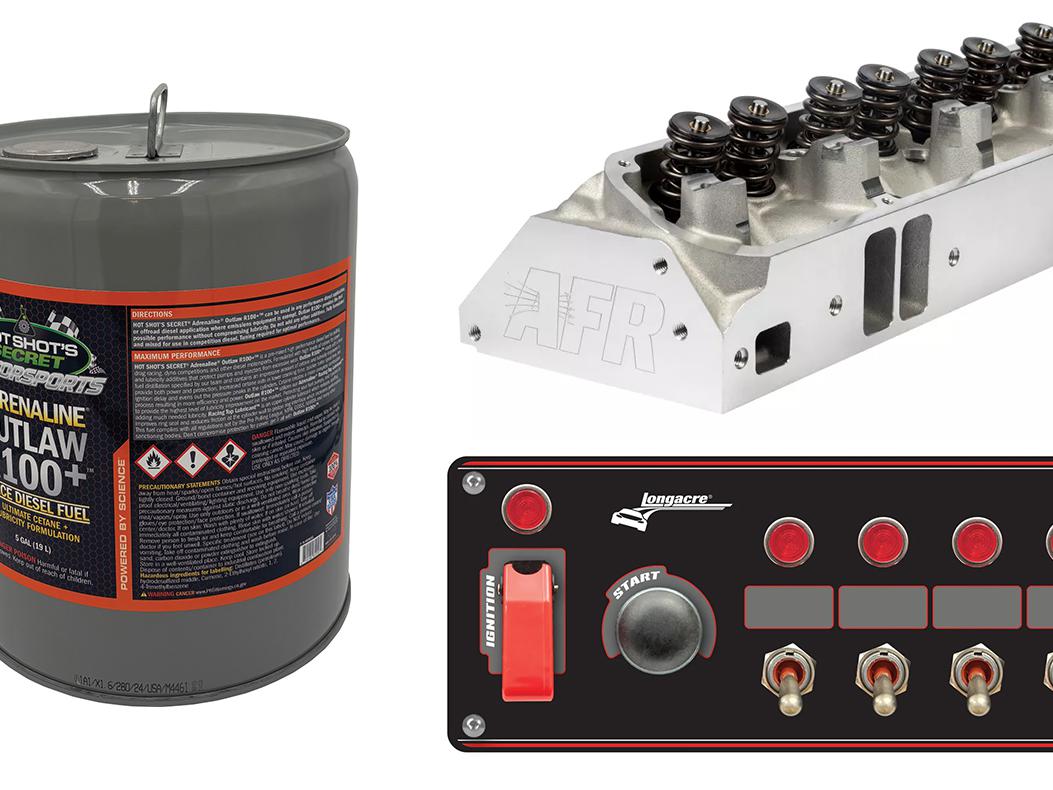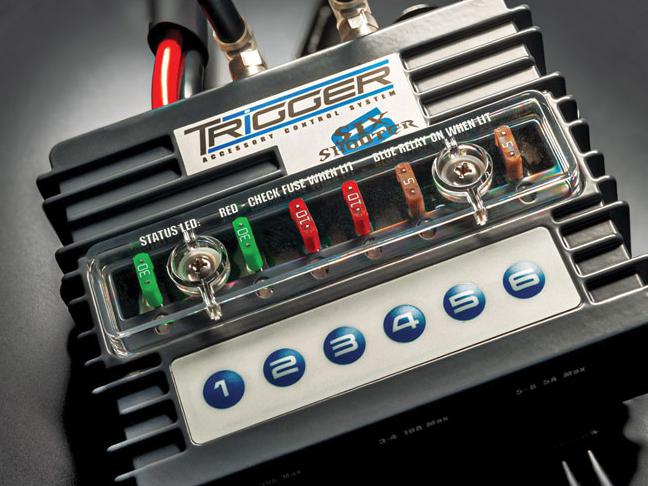Stop Doing That…Do This Instead: Improper Carb Tuning
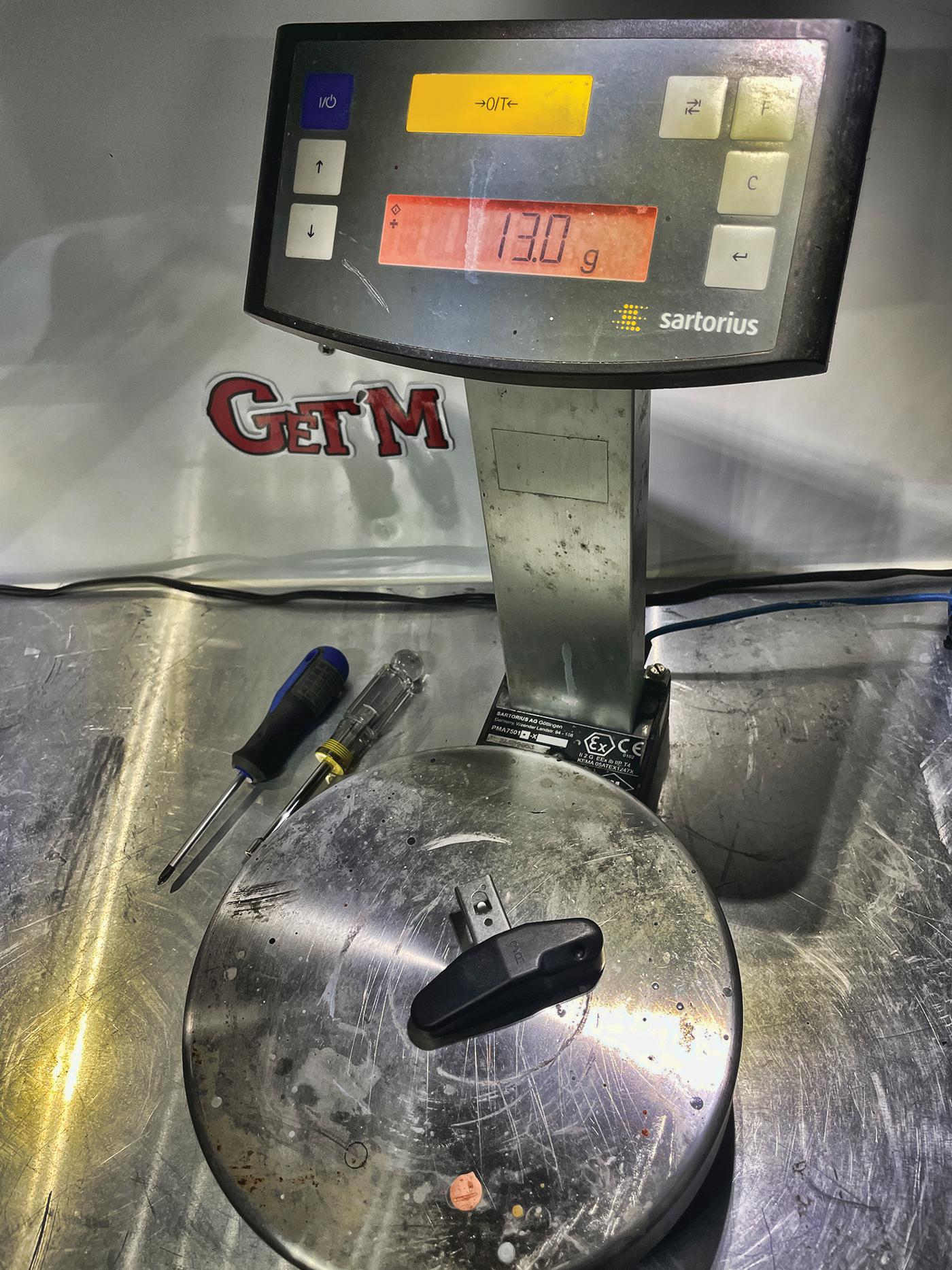
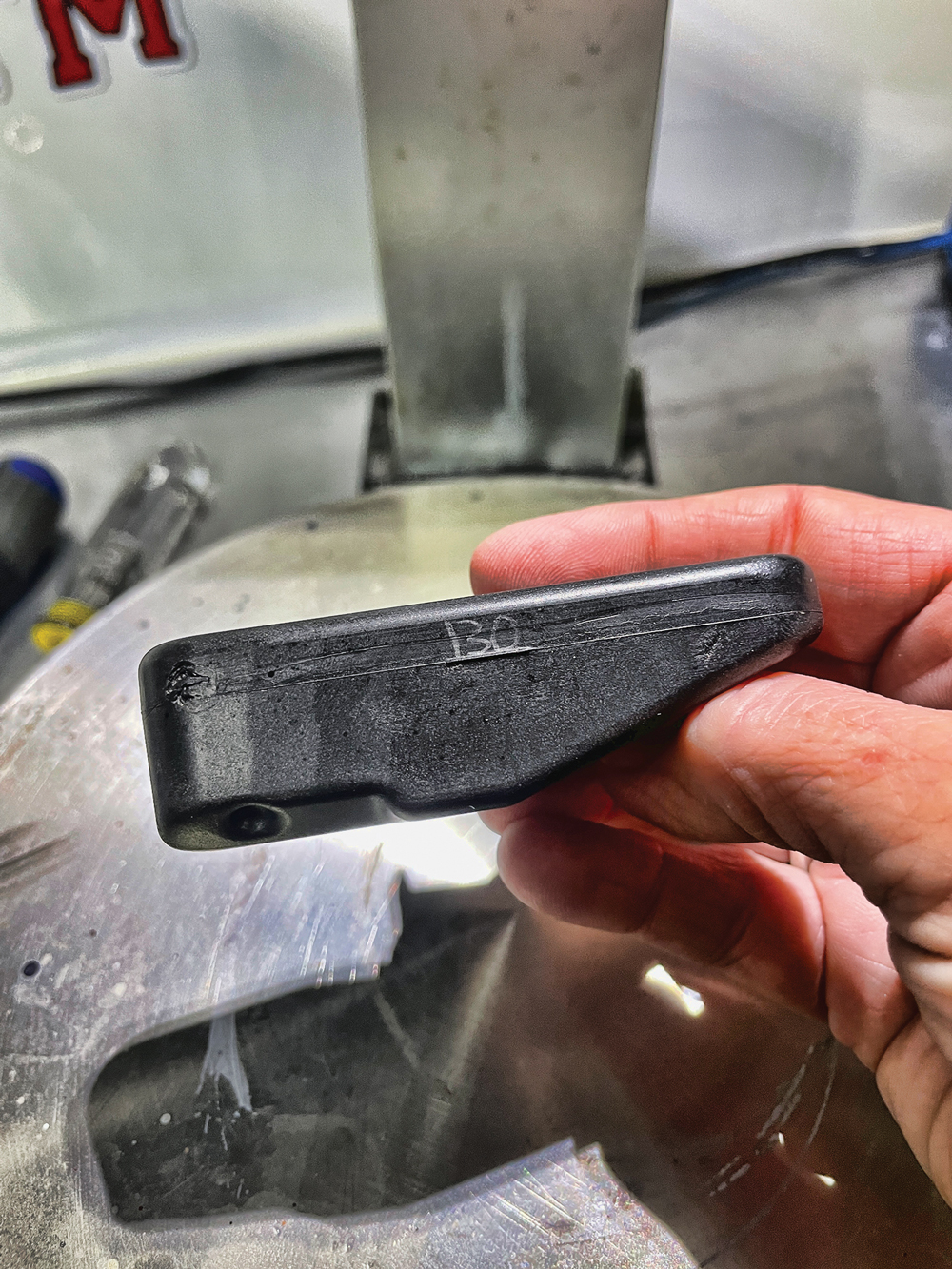
Avoid leaving power on the table by following these tips from two of the industry’s leading authorities on carburetor performance.
Although the technology has been around for well over a century, maximizing the efficiency of a carbureted setup is still a bit of a dark art. There’s a wide range of factors that can have a significant effect on the end result, and that makes it all-too-easy to give up horsepower without even knowing it. Fortunately for us (and you, dear reader), the sorcerers at Braswell Carburetion and Get’M Performance have some simple tuning advice that can assist you in retrieving those missing ponies.
Mind Your Alcohol
“Over time, floats will often start to get heavy—particularly if you’re running alcohol,” said Trevor Wiggins of Get’M Performance, Alvaton, Kentucky. “Certain fuels will cause this more than others. If a carburetor hasn’t been looked over in three or four years, and it’s in certain types of fuel, the floats will make the motor run like it’s really fat.”
Wiggins said this issue typically comes down to deferred maintenance, so the easiest way to prevent it is to simply have the carburetor gone through by a specialist in regular intervals. Those intervals should be measured by time rather than by the number of passes or the operating hours that the engine has seen. “With stuff like Q16 and X14, the fuels have become a lot more volatile in recent years. They don’t contain as much lead as they used to, and they’re eating up nitrophyl floats as a result.”
He noted that Get’M Performance weighs the floats on its carburetors and marks the reading down on a spec sheet before the part is sent out to a customer. That allows easy comparison of the measurements if a carburetor comes back to the shop for a refresh down the road. “If a float is, say, 128 grams when it goes out, and it’s up to 135 grams when it comes back, we know that it needs to be replaced.”
Slow the Flow
“The biggest issue we see is folks running too much fuel pressure for the application,” said Dave Braswell of Braswell Carburetion, Tucson, Arizona. “There’s a misconception that you have to run like eight or nine pounds of fuel pressure to keep the engine properly fed, but with most of our stuff we just put larger needles and seats in. There are very few carburetors that we make for gasoline that run more than 6 1/2 pounds of fuel pressure, maybe seven at the most.”
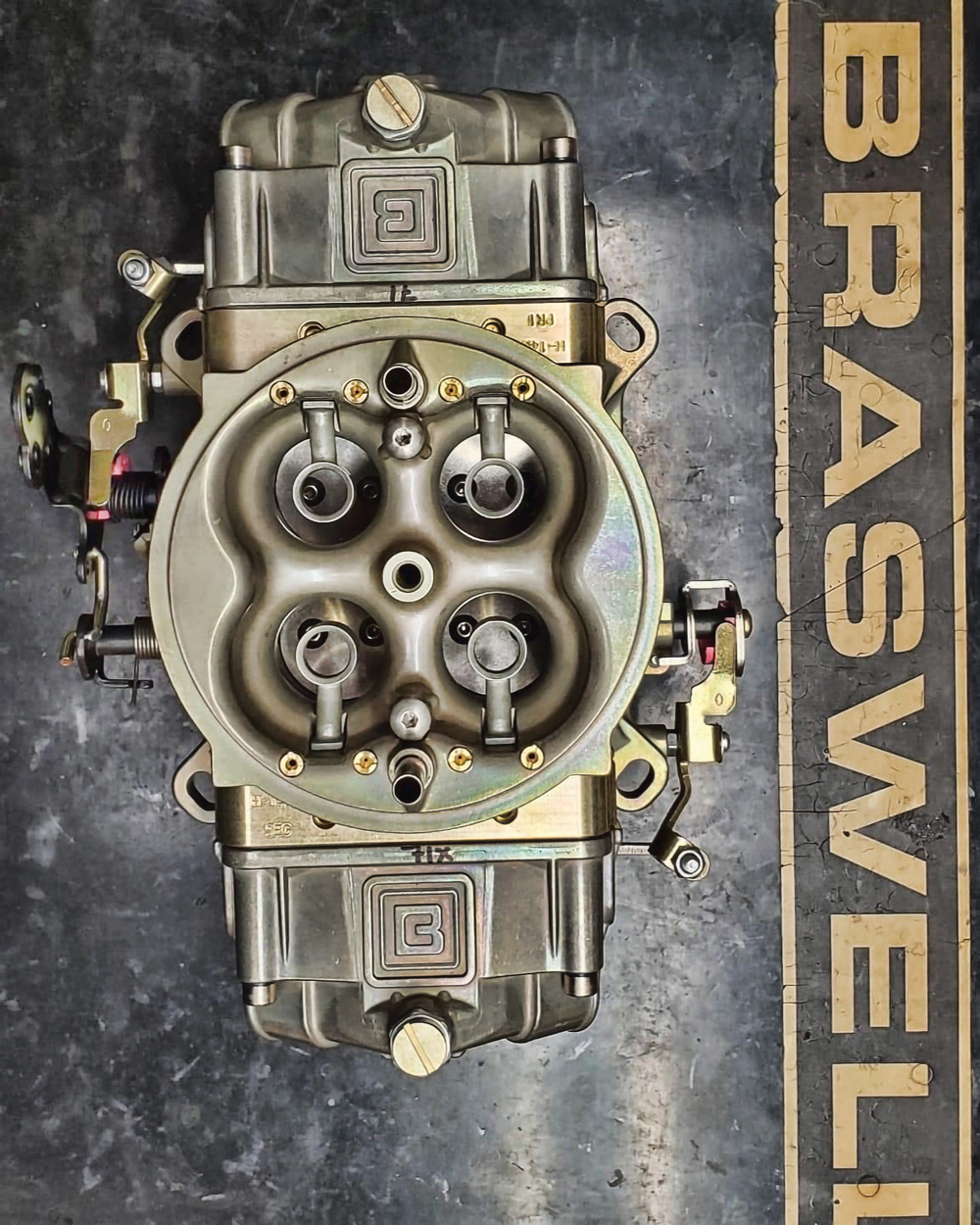
Braswell pointed out that lower fuel pressures can improve the quality of the fuel in the bowl, which will improve the carburetor’s efficiency in turn and likely free up some power in the process. “If you put a nozzle on a hose and spray water into a bucket under pressure, you’re going to end up with all this aerated water. But if you just pour water out of the end of the hose into the bucket, the water will be fine. The same concept applies here.”
Determining the proper fuel pressure and needle and seat configuration for a given combination typically comes down to horsepower levels and the needs of the application, he said. “Over-fueling will cause the engine to go overly rich at higher rpm. It doesn’t allow the fuel level to drop in the bowl, so the emulsion system on the carburetor can’t function properly. Of course, if you’re running in a racing format where it’s wide-open throttle all the time, you’re going to need more fuel pressure than you would if you’re on and off the throttle a lot. You get to fill the bowls when you lift.”
To dial in this balance, Braswell will often run two high-speed bleeds on its hardcore motorsports carburetors. “We started doing that in Pro Stock racing in the 1990s, and we’ve carried it over to Competition Eliminator and even the dirt track stuff. In some scenarios we’ll even use three high-speed bleeds—we call them five-circuit carburetors. Splitting the emulsion system into two or three sections allows you to more precisely control the fueling by addressing those sections individually.”
One Setup Does Not Fit All
“Another big mistake we see is people assuming that a carburetor that worked great in one application will work great in another without some changes,” said Wiggins. “They end up wondering why this setup that was awesome in their drag car isn’t working well in their pulling truck.”
In order for a carburetor that was originally tuned for one racing discipline to work properly somewhere else, it needs to be configured for the specific demands of that new discipline.
“It’s something we see a lot when people buy used carburetors—people will buy something without really knowing what it’s set up for,” Wiggins said. “We build a throttle stop carburetor very differently than, say, a nitrous carburetor. We want to be as application-specific as we can be. In truck and tractor pulling, the fuel curve is going to spike up really high and then go down rather than come up, and that’s not what the engine is going to see in a drag racing application. Even the fuel curve for a carburetor being used in eighth-mile racing is going to be different than one being used in quarter-mile racing. So it needs to be looked at by someone who knows how to make those adjustments. It’s usually not as easy as changing a jet, and there can be situations where other parts need to be installed or swapped out in order to really get it where it needs to be.”
SOURCES
Braswell Carburetion
braswell.com
Get’M Performance
getmgarage.com
 MEMBERSHIP LOGIN
MEMBERSHIP LOGIN JOIN PRI
JOIN PRI

